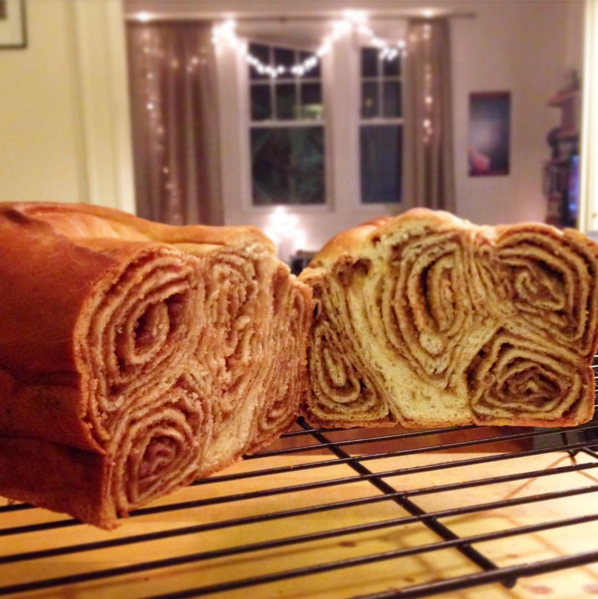 This weekend, I took my first ever class at King Arthur Flour. You may notice a distinctly pastry-oriented slant to this week’s TWIL.
This weekend, I took my first ever class at King Arthur Flour. You may notice a distinctly pastry-oriented slant to this week’s TWIL.
- Adding salt to an egg wash helps break down the albumen, making it less gloppy.
- High-fat butter (83% or higher) is the best for making laminated dough: it’s more pliable and less likely to fracture/tear the dough.
- You can make Danish/croissants/puff pastry with shortening, but you’ll get a less crispy, less caramelized, less flaky, more tender result because you’re using 100% fat, which doesn’t have the water content necessary to create steam and puff up during baking. Also, shortening lacks the necessary milk proteins to brown.
- How to upgrade OpenSSL on a Mac, which isn’t strictly necessary for security reasons, but is helpful to avoid warnings from other open source tools (like Composer).
- The array.length property in JavaScript doesn’t give you the length of the array. That would be…too easy? Instead, it gives you a number one higher than the max index in the array.
- I wrote my first piece of code in PHP using regex (to extract a bunch of words from HTML lists). I also wrote another, better piece of code to do the same thing using the PHP DOM, which I am so glad I now know is a thing. Along the way, I stumbled across this, which I will leave there to remind myself never to try to parse HTML with regex again.







